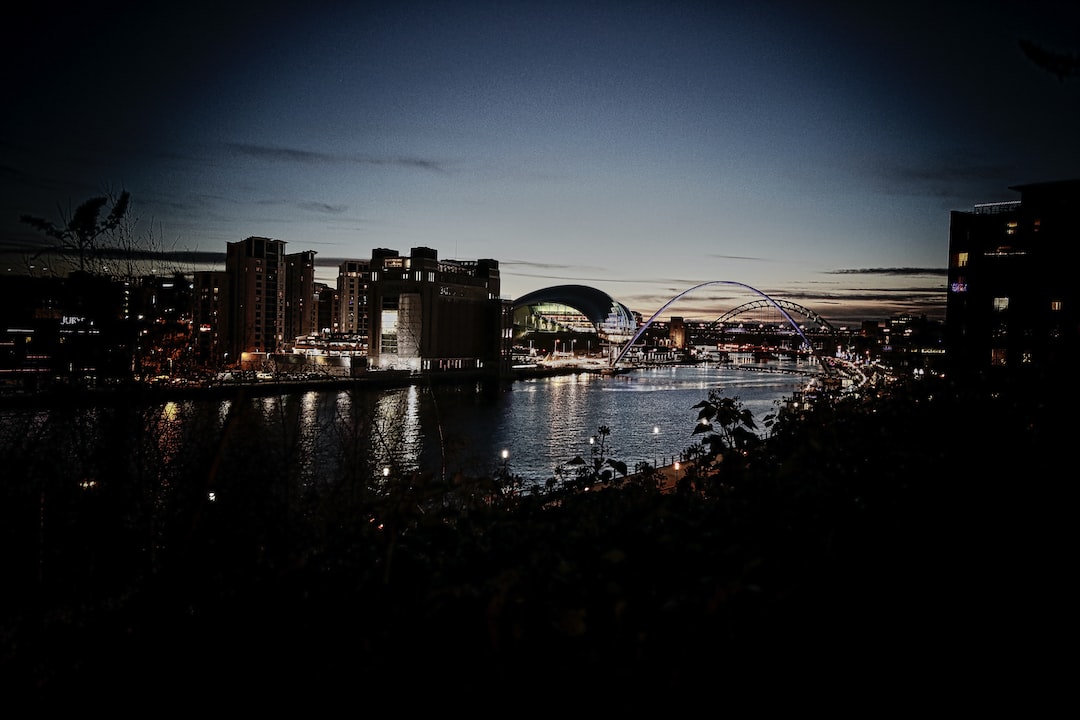Urban planning is more than just the creation of functional and efficient spaces, it’s about creating spaces that are also beautiful and stimulating. This has led to a growing trend in integrating art into urban planning. When art is integrated into urban planning, it can transform the character of public spaces and create more vibrant communities.
Art is not just a form of decoration, it is a powerful tool that can add meaning and depth to a place. It can help people make sense of their surroundings and encourage them to engage with their environment in new and meaningful ways. One of the most significant benefits of integrating art into urban planning is that it can help residents develop a sense of pride and ownership of their surroundings. When people are able to identify with their community and feel a sense of ownership over public spaces, they are more likely to take care of them.
Art can serve a variety of functions in urban planning. It can be used to create landmarks that help people orient themselves in a new or unfamiliar environment. For example, in Paris, the Eiffel Tower is not only a landmark, but also an icon of the city that attracts millions of visitors each year. Using art to create landmarks can help urban planners create places that are memorable and easy to navigate.
Public art installations can also function as a way of transforming unused spaces into destinations that attract visitors and improve the quality of life for residents. The High Line in New York City is a great example of this. Once an abandoned elevated railway, the High Line was transformed into a public park with art installations throughout its length. This has made the once-unusable space a destination for tourists and locals alike.
Another way that art can be integrated into urban planning is by using art to communicate messages. Public art installations can be used to raise awareness around social and environmental issues. For example, the installation of a large sculpture made from recycled materials could highlight the need for environmental sustainability. This type of public art sends a message about the importance of sustainable practices and can inspire people to take action.
In conclusion, the integration of art into urban planning helps create vibrant and engaging public spaces, and is becoming increasingly important in cities around the world. Not only can art transform unused spaces into destinations, but it also helps people connect with their surroundings and develop a sense of pride and ownership of public spaces. When art is integrated into urban planning, residents and visitors alike are able to experience a sense of wonder and engagement with their environment that would not be possible without it. As such, art is a vital element in creating healthy, inclusive, and stimulating communities.

